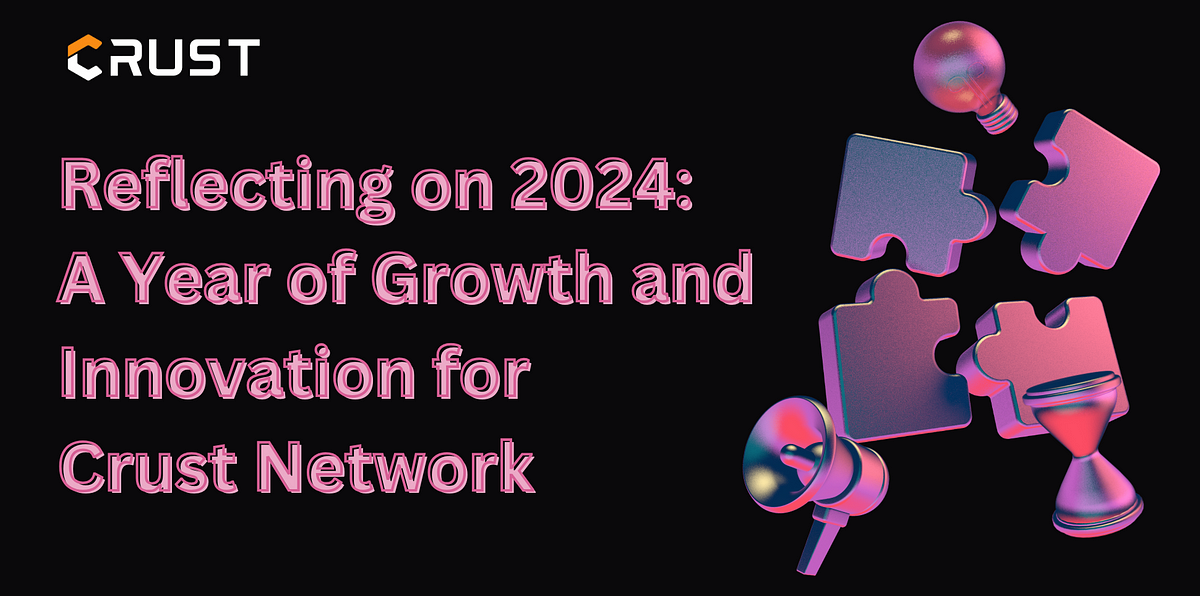Crust Network's Milestones and Future Directions for 2025

As we approach the end of 2024, Crust Network has expressed heartfelt gratitude to its community for their unwavering support, which has been pivotal in achieving significant milestones in decentralized storage. This year, the network has made remarkable strides, hosting over 3.11 million files and maintaining a stable node count of over 1500, with a total storage capacity exceeding 700 PB. These achievements not only highlight the growing adoption of Crust within the Web3 ecosystem but also set the stage for further expansion in 2025. The relaunch of the Community Gateway Recruitment Program aims to attract gateway providers from the US and Europe, incentivizing participation with additional CRU rewards.
In terms of technical developments, Crust unveiled EthDA, a groundbreaking Data Availability network native to the Polygon CDK, which integrates support for Polygon zkEVM. This initiative is a significant step in enhancing the Ethereum Layer 2 solutions’ capabilities. Additionally, Crust has made strategic adjustments to EthDA’s positioning to align with market demands, optimizing resource allocation, and reducing redundancy. The enhancements to Crust Files, Crust Cloud, and IPFS Scan further demonstrate the commitment to providing accessible decentralized storage solutions, while contributions to Ethereum’s EIP standards underscore Crust’s active role in the ecosystem.
Looking ahead to 2025, Crust is poised to deepen its focus on Decentralized Physical Infrastructure Networks (DePIN), aiming to transform traditional infrastructure through decentralized solutions. The growing demand for storage solutions driven by AI and Big Data presents a compelling opportunity for Crust to innovate and expand its user base. Plans for developing lightweight storage nodes will enable broader participation in the network, fostering collaborations with other DePIN projects. As Crust continues to lead in decentralized storage, its commitment to innovation and community engagement will play a crucial role in shaping the future of the Web3 landscape.
Related News





